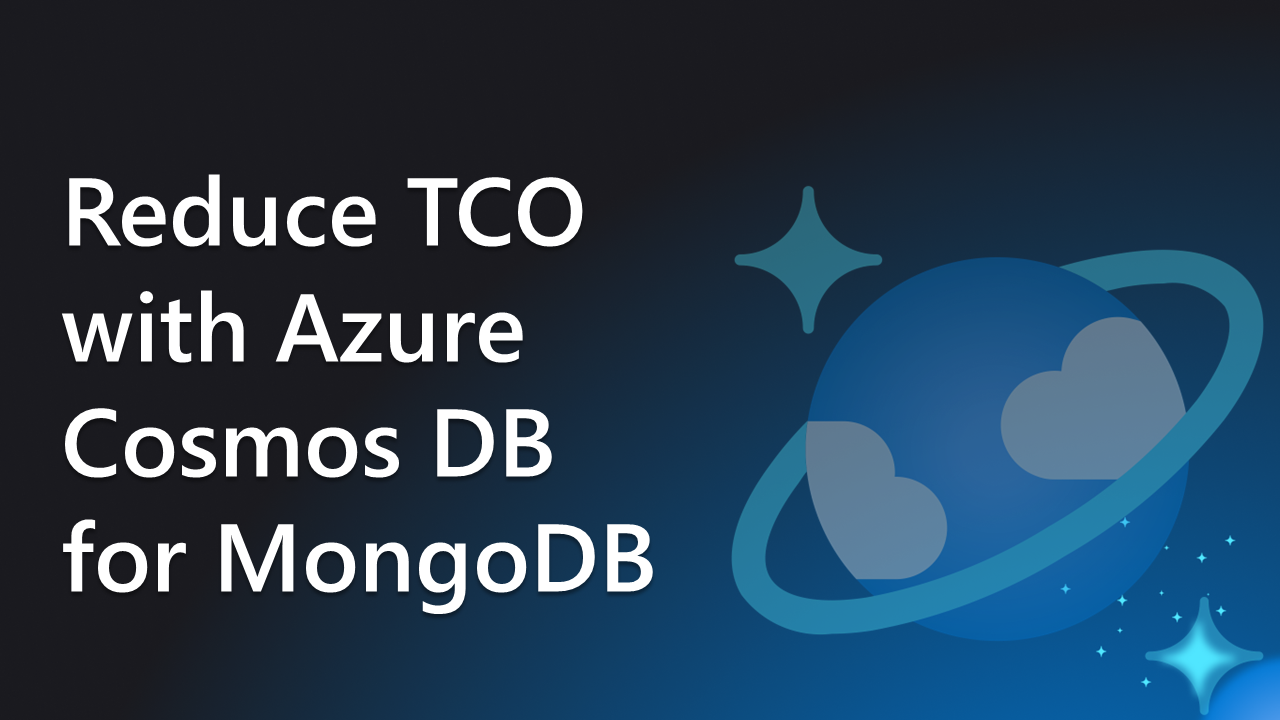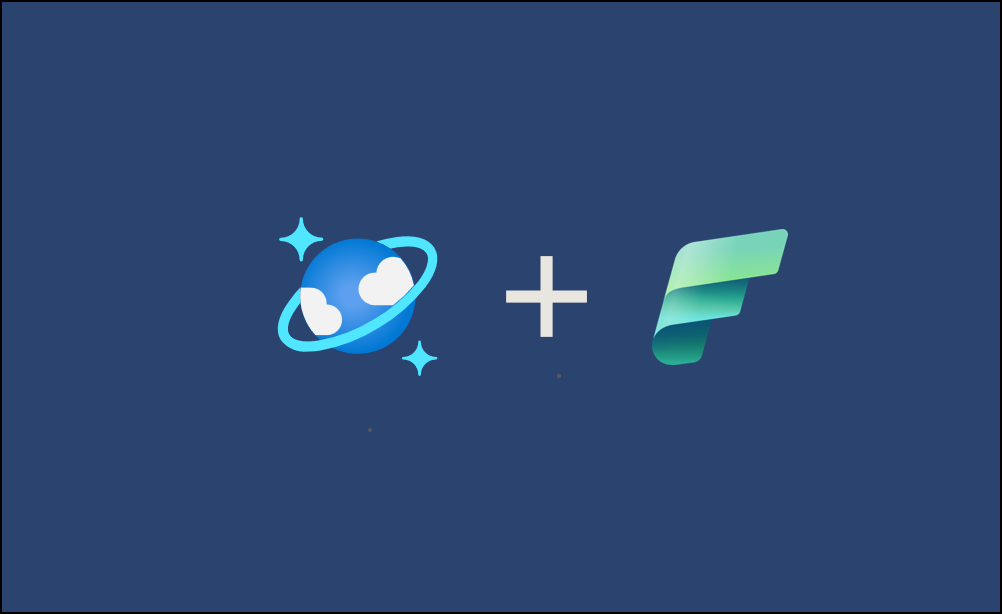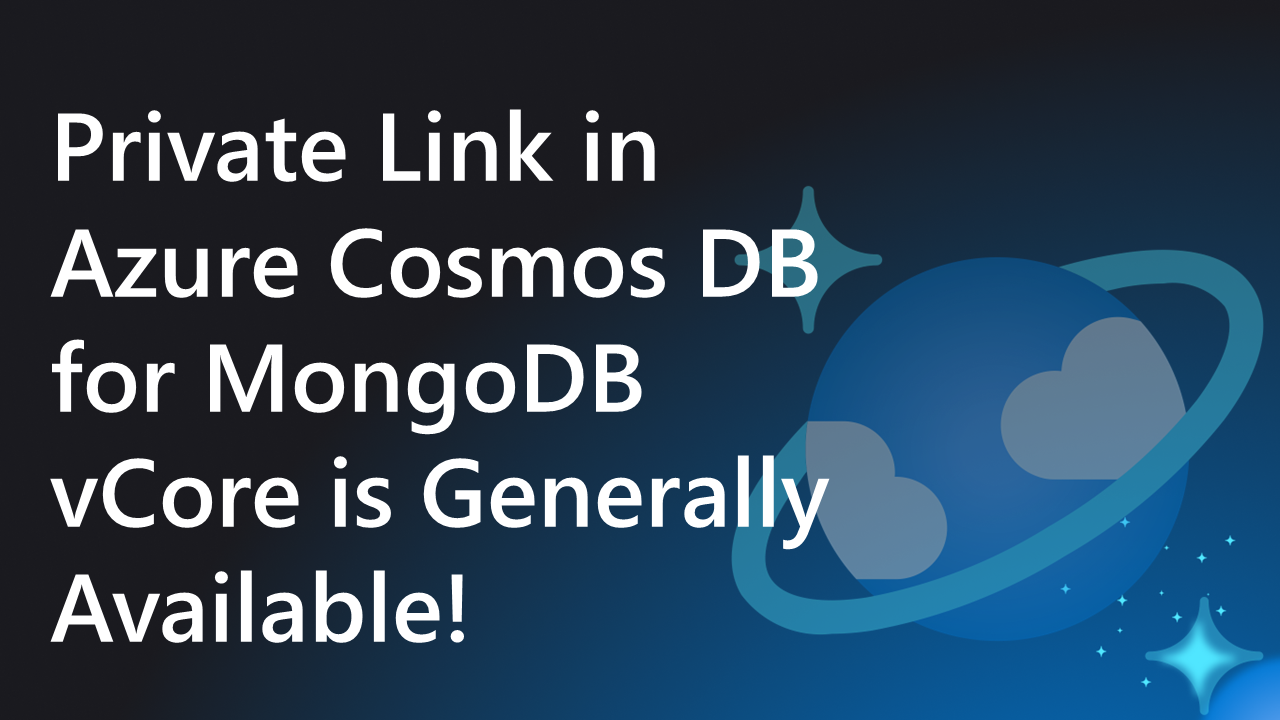Azure Cosmos DB Blog
The latest news, updates and technical insights from the Azure Cosmos DB team
Latest posts

Reduce TCO with Azure Cosmos DB for MongoDB
Azure Cosmos DB for MongoDB is a fully managed MongoDB compatible cloud database service. Built on top of a proprietary engine to provide scale, performance and availability guarantees, the service eliminates the operational overhead of running self-hosted MongoDB instances. In this blog, we dig into seven specific reasons why total cost of ownership of your MongoDB database can be minimized with the vCore based offering for Azure Cosmos DB for MongoDB. Separating the cost of Storage and Compute Although you can view Compute cluster tiers and their attached storage disks as a single entity replicated for ...

Optimize Your Azure Cosmos DB Costs with New Reserved Capacity Tiers
Commit to a reservation for Azure Cosmos DB resources using Azure Cosmos DB reserved capacity to save money. Starting with our new 100 RU/s option, any customer can now reduce costs using Azure Cosmos DB request units (RU/s). You can buy any quantity of the 100 RU/s reservation, at any time. There is no limit to the number of reservations, and the purchase process is simplified in the Azure Portal. Discounts Azure Cosmos DB reserved capacity offers a minimum 20% discount on the provisioned throughput for resources such as databases or containers (tables, collections, and graphs). We are announcing the s...

Backups for Azure Managed Instance for Apache Cassandra®
In the dynamic landscape of cloud-based data management, Azure Managed Instance for Apache Cassandra® (Azure MI Cassandra) stands out as a fully managed service that simplifies the deployment and management of Cassandra clusters on the Azure platform. Beyond its core functionalities, Azure MI Cassandra offers a valuable backup feature, allowing users to capture snapshots of their Cassandra clusters at critical moments. In this blog, we'll explore how to leverage this feature to create robust backups for your Azure MI Cassandra cluster. Why Backups Matter In the context of an Azure MI Cassandra cluster, backups ...

Introducing vCore-based Azure Cosmos DB for MongoDB’s Latest Features
The vCore-based Azure Cosmos DB for MongoDB unveils significant AI enhancements. The updated integrated vector database introduces groundbreaking features to elevate developers' management and interaction with data, promising faster, more scalable, and intuitive applications. HNSW Vector Index: Now Generally Available! Azure Cosmos DB for MongoDB proudly introduces the general availability of the HNSW Vector Index, a leap forward in AI-driven database capabilities. This update adds a powerful tool to the platform for fast and precise approximate nearest neighbor searches, perfectly suited for complex tasks...

Optimizing database performance: Change partition keys of a container in Azure Cosmos DB for NoSQL API (preview)
Partitioning is a key concept in Azure Cosmos DB, a fully managed, globally distributed, multi-model database service that offers unlimited scalability and low latency. By distributing data across multiple physical partitions based on the partition key(s), Azure Cosmos DB optimizes data access and distribution, profoundly impacting database performance and cost. Therefore, choosing the right partition key is paramount to achieving the right performance and cost. Challenges with partition keys Choosing the right partition key is not always easy. Sometimes, the partition key that is initially chosen may not be op...

Now in public preview: Mirroring Azure Cosmos DB in Microsoft Fabric
This blog is co-authored by Rodrigo Souza. We are excited to announce that mirroring Azure Cosmos DB databases in Microsoft Fabric is now available to all customers. You can seamlessly bring your databases into Microsoft OneLake, enabling no-ETL, near real-time insights on your data. Many organizations want to transform their businesses by reacting quicker to any changes in their business environment or market conditions in real time. Bringing their data together, which is distributed across cloud and on-premises, can often be complex and difficult to manage. They need complex processes to analyze this data w...

Azure Cosmos DB Conf 2024: A Deep Dive for Developers and AI Enthusiasts
The world of data is constantly evolving, and developers need powerful tools to keep pace. Enter Azure Cosmos DB, a globally distributed NoSQL database built for modern app development. This year's Azure Cosmos DB Conf, happening virtually on April 16th, 2024, at 9AM – 12PM PT, is set to offer a wealth of insights and learning opportunities for anyone interested in Azure Cosmos DB. What Makes This Conference Special? This free event goes beyond your typical developer conference. Here is why you should mark your calendars: Featured Speakers and Sessions Indu...

How to use self-signed certificates to connect to Azure Managed Instance for Apache Cassandra
Azure Managed Instance for Apache Cassandra, a fully managed service, enables you to run Apache Cassandra workloads on Azure, freeing you from managing the infrastructure. In this blog post, I will show you how to use self-signed certificates to connect to your cluster and verify the identity of both the client and the server. What is a self-signed certificate? By default, all connections made by Azure Managed Instance for Apache Cassandra are secured using SSL certificates signed by a Certificate Authority (CA). Certificate authority signed certificates provide an extra layer of trust and security to all conne...

Private Link in Azure Cosmos DB for MongoDB vCore is Generally Available!
You can now use private endpoints for your Azure Cosmos DB for MongoDB vCore clusters to allow hosts on a virtual network (VNet) to securely access data over a Private Link. The cluster's private endpoint utilizes an IP address from the virtual network's address space, ensuring that traffic between hosts on the virtual network and the database nodes passes through the Microsoft backbone network. This setup eliminates exposure to the public Internet and allows applications within the virtual network to connect to the database nodes seamlessly, using the same connection strings and authorization mechanisms as th...
